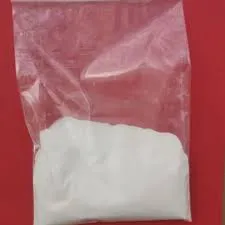Additives used in plastics
Additives used in plastics

- Additives are substances added to plastics during their manufacturing process to enhance or modify their properties. These can include plasticizers to increase flexibility, UV stabilizers to protect against sun damage, flame retardants to reduce flammability, antioxidants to prevent degradation, and colorants to add color. Additives play a crucial role in tailoring the performance and appearance of plastic products for various applications.
- Following are some of the additives used in plastics:
- PLASTICIZERS: Plasticizers increase the plastics’ flexibility and toughness. They are used in so many plastics. However, the manufacture of flexible PVC uses roughly 90% of all plasticizers.
- LUBRICANTS AND FLOW PROMOTERS: Brittle plastics are treated impact modifiers that increase their ability to absorb shock, which is a crucial need for polymers used in engineering applications.
6-Amino-1,3-dimethyluracil
- FILLERS / EXTENDERS: Additives like fillers are needed. They typically provide bulk plastics that are inexpensive, inert, and inorganic, therefore they cut the cost of raw materials by consuming less resin.
- FLAME RETARDANTS: Flame retardants make plastics less flammable.
- ANTIOXIDANTS & OTHER STABILIZERS: When plastics are subjected to extreme heat, oxygen, ozone, and radiation during manufacture and service, these chemicals prevent polymers from degrading too fast.
- THICKENERS / RHEOLOGY MODIFIERS: Thickeners are frequently used in liquid polymer products with resin and aqueous bases to achieve the required viscosity.
- TACKIFIER RESINS: Low-molecular weight chemical substances known as tackifiers are widely employed in the production of rubber, coatings, printing inks, and adhesives.
- IMPACT MODIFIERS: Brittle plastics are given impact modifiers to increase their capacity to absorb shock, which is a crucial need for polymers used in engineering applications.


